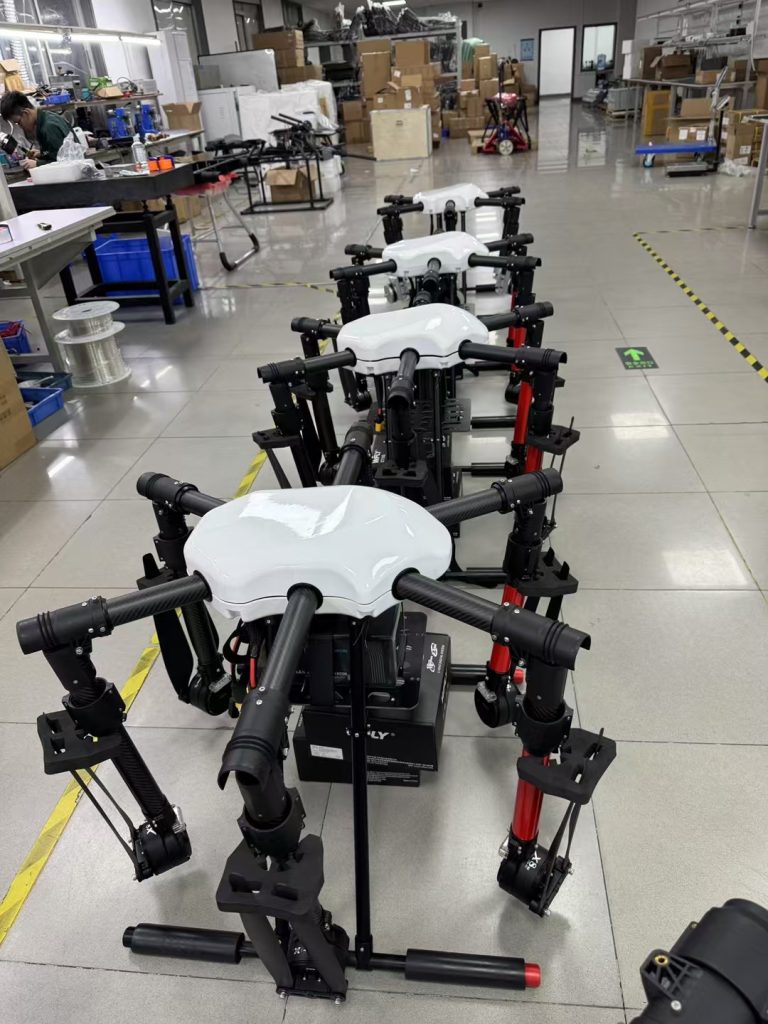
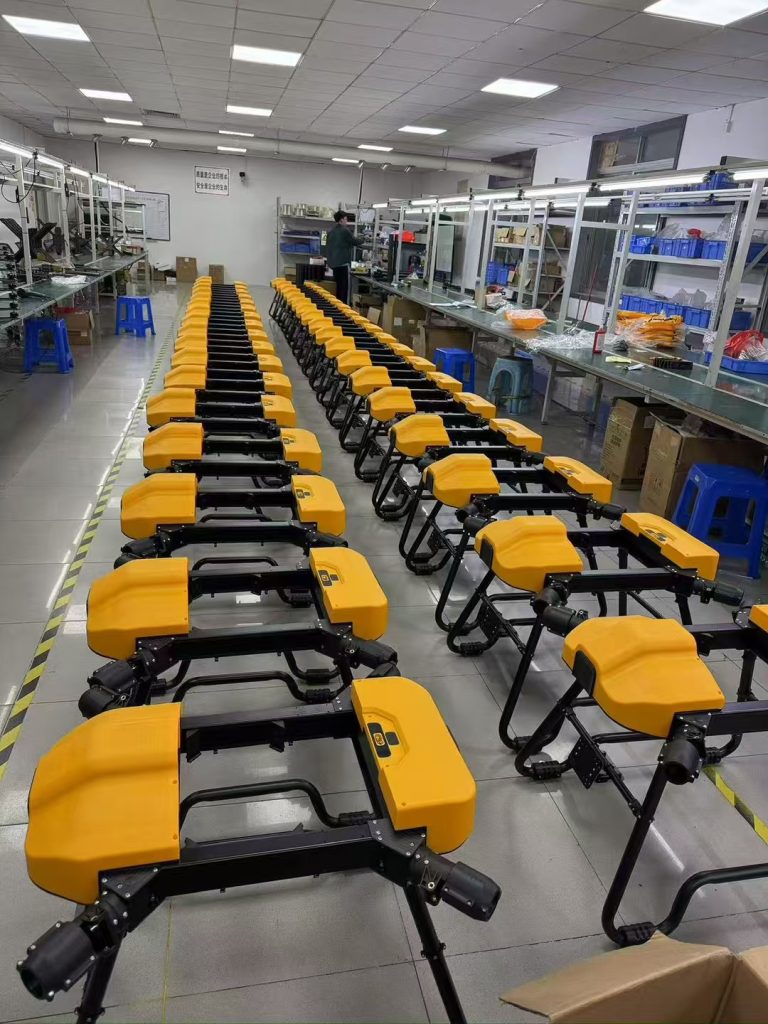
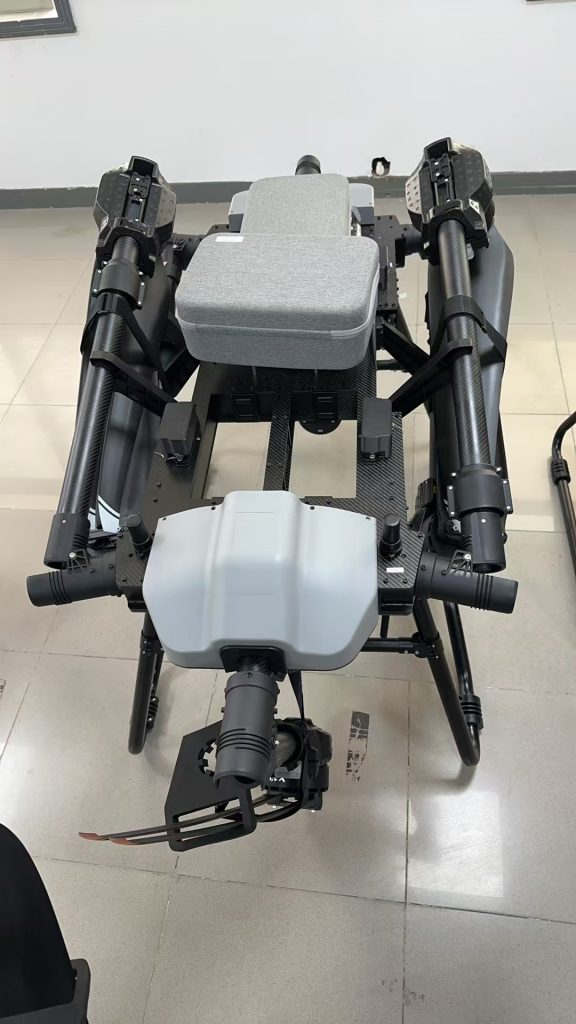
Introduction
The agricultural industry is undergoing a technological transformation, and one of the most significant advancements is the use of Unmanned Aerial Vehicles (UAVs), commonly known as drones, for chemical spraying. This innovative application is revolutionizing how farmers manage crop protection, offering a more efficient, precise, and environmentally friendly alternative to traditional methods.
Chemical spraying drones are being increasingly adopted worldwide to apply pesticides, herbicides, and fertilizers with unprecedented accuracy. These aerial systems are particularly valuable in addressing labor shortages, improving operational efficiency, and reducing the environmental impact of agricultural chemicals.
In this comprehensive article, we will explore the technology behind chemical spraying drones, their operational mechanisms, key benefits, challenges, and future prospects in modern farming.
The Technology Behind Chemical Spraying Drones
Chemical spraying drones are sophisticated aerial systems specifically designed for precision agriculture applications. These UAVs typically feature:
-
Advanced Flight Control Systems
-
GPS and GNSS positioning for accurate navigation
-
Autonomous flight capabilities with pre-programmed spraying patterns
-
Real-time telemetry and flight data monitoring
-
-
Specialized Spraying Mechanisms
-
High-precision nozzles that create optimal droplet sizes (typically 50-300 microns)
-
Variable rate spraying systems that adjust application rates based on flight speed
-
Centrifugal or pressure-based spray pumps with flow rate control
-
-
Payload and Tank Systems
-
Liquid tanks ranging from 5 to 30 liters capacity
-
Quick-release mechanisms for fast refilling
-
Weight distribution systems that maintain flight stability
-
-
Sensors and Intelligence
-
Ultrasonic or laser altitude sensors for maintaining consistent spray height
-
Flow meters to monitor chemical usage
-
Some advanced models include multispectral cameras for crop health analysis
-
Operational Mechanisms
The chemical application process using drones follows a systematic approach:
-
Pre-Flight Preparation
-
Field mapping using GPS or drone-based surveying
-
Determination of spray parameters (flow rate, altitude, speed)
-
Loading of appropriate chemicals into the drone’s tank
-
-
Flight Execution
-
The drone follows either a pre-programmed flight path or is manually controlled
-
Maintains optimal altitude (typically 1-3 meters above crop canopy)
-
Sprays chemicals uniformly across the target area
-
-
Post-Flight Analysis
-
Review of spray coverage data
-
Assessment of chemical usage efficiency
-
Maintenance checks for the drone system
-
Key Benefits of Chemical Spraying Drones
1. Precision and Efficiency
-
Targeted Application: Drones can precisely apply chemicals only where needed, reducing waste
-
Uniform Coverage: Achieves consistent spray distribution across the entire field
-
Faster Operation: Can cover 5-10 acres per hour, significantly faster than manual methods
2. Cost-Effectiveness
-
Labor Savings: Reduces dependency on manual labor for spraying
-
Chemical Savings: Minimizes chemical usage through precise application
-
Operational Efficiency: Lower fuel and maintenance costs compared to ground machinery
3. Accessibility and Versatility
-
Terrain Adaptability: Can operate in hilly, uneven, or flooded fields where traditional equipment struggles
-
Crop Accessibility: Effectively treats tall crops like sugarcane, fruit trees, and vineyards
-
Weather Flexibility: Can operate in conditions where ground equipment might be impractical
4. Safety and Environmental Benefits
-
Reduced Human Exposure: Minimizes farmer contact with harmful chemicals
-
Environmental Protection: Decreases chemical runoff and drift to non-target areas
-
Precision Application: Protects beneficial insects and reduces overall chemical impact
Challenges and Considerations
While chemical spraying drones offer numerous advantages, several challenges remain:
-
Initial Investment Costs
-
High-quality drones require significant upfront investment
-
Additional costs for training, maintenance, and spare parts
-
-
Technical Expertise Requirements
-
Operators need proper training for safe and effective drone use
-
Understanding of spray chemistry and application rates is essential
-
-
Regulatory Compliance
-
Drone operations are subject to aviation regulations
-
Chemical application permits may be required
-
Flight restrictions in certain areas or weather conditions
-
-
Technical Limitations
-
Battery life constraints (typically 15-30 minutes per flight)
-
Payload capacity limitations affecting coverage area per flight
-
Weather sensitivity (wind, rain, and temperature considerations)
-
Future Prospects and Technological Advancements
The future of chemical spraying drones is promising, with several emerging trends:
-
AI and Smart Farming Integration
-
Machine learning algorithms for pest detection and targeted spraying
-
Integration with farm management software for data-driven decisions
-
-
Advanced Spraying Technologies
-
Electrostatic charging for improved droplet adhesion
-
Variable droplet size control based on crop requirements
-
Real-time spray adjustment based on environmental factors
-
-
Swarm Technology
-
Coordinated operation of multiple drones for large-scale applications
-
Autonomous fleet management for continuous operation
-
-
Improved Design and Capabilities
-
Longer flight times through advanced battery technology
-
Increased payload capacities for extended coverage
-
Enhanced obstacle avoidance systems
-
-
Sustainability Focus
-
Development of electric and solar-powered models
-
Reduced chemical usage through ultra-precise application
-
Environmental impact monitoring systems
-
Conclusion
Chemical spraying drones represent a transformative technology in modern agriculture, offering solutions to some of the industry’s most pressing challenges. By providing precise, efficient, and environmentally conscious chemical application methods, these UAVs are helping farmers improve productivity while reducing costs and environmental impact.
As technology continues to advance and operational challenges are addressed, chemical spraying drones will become an increasingly essential tool in sustainable agriculture. Their adoption is expected to grow significantly worldwide, particularly in regions facing labor shortages, challenging terrains, or high demand for precision farming solutions.
For agricultural stakeholders considering this technology, careful evaluation of specific needs, proper training, and compliance with regulations will be key to maximizing the benefits of chemical spraying drones in their operations.
THE END

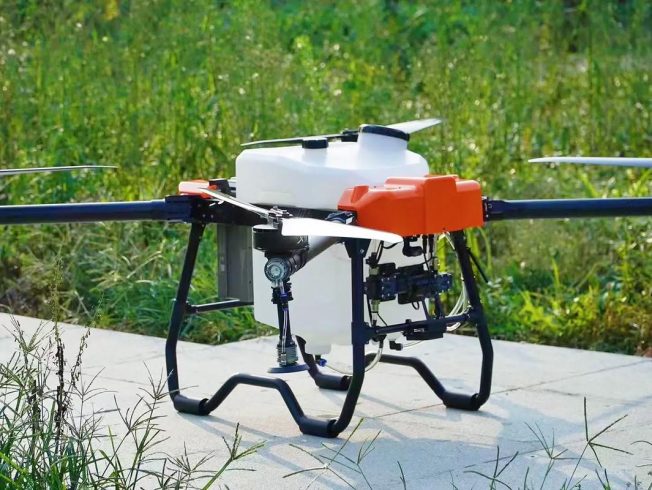
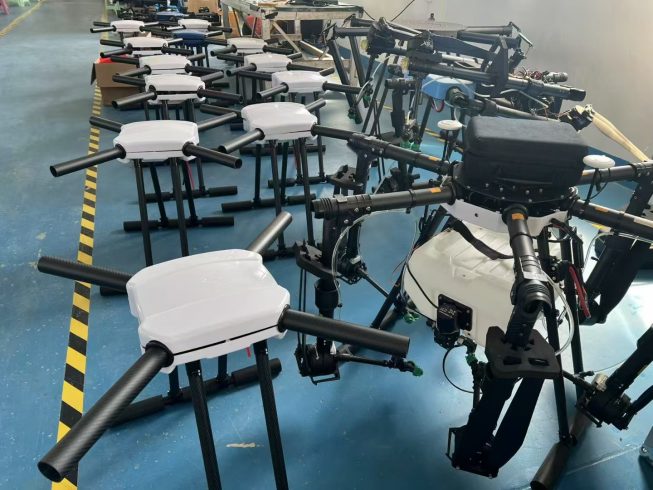
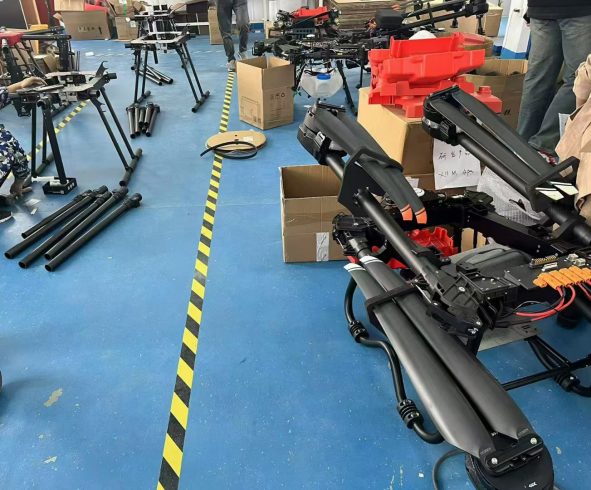
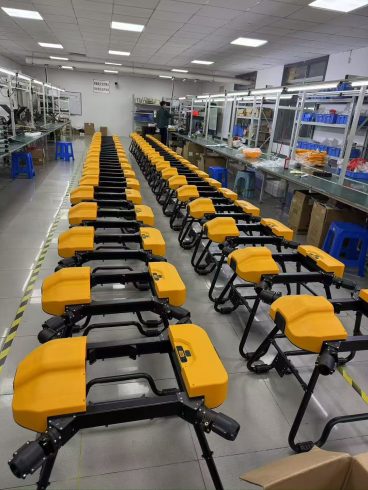



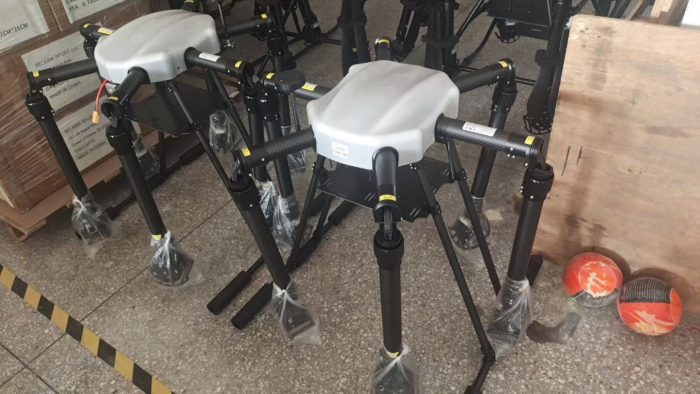
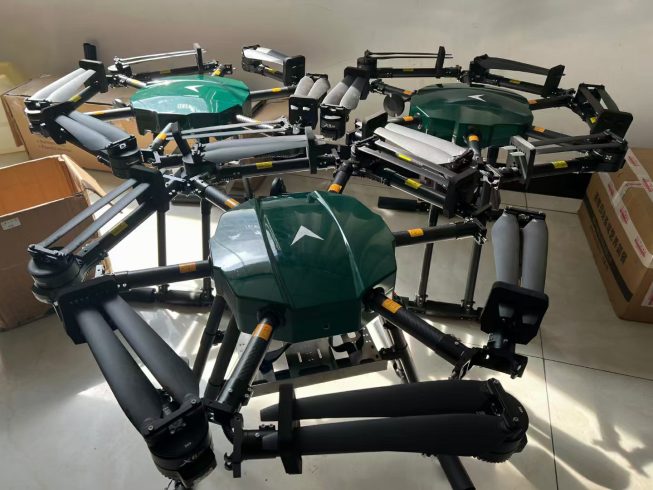
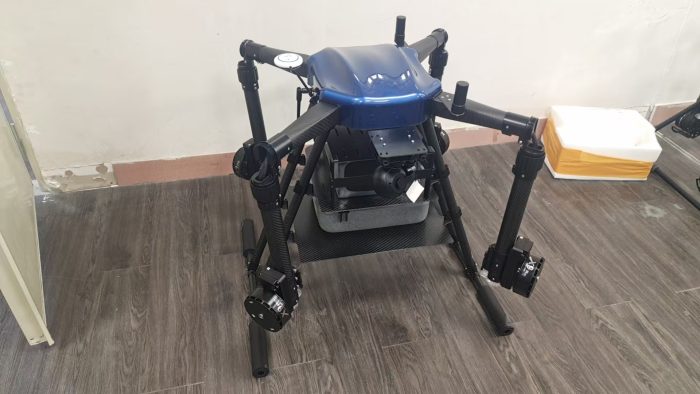

暂无评论内容